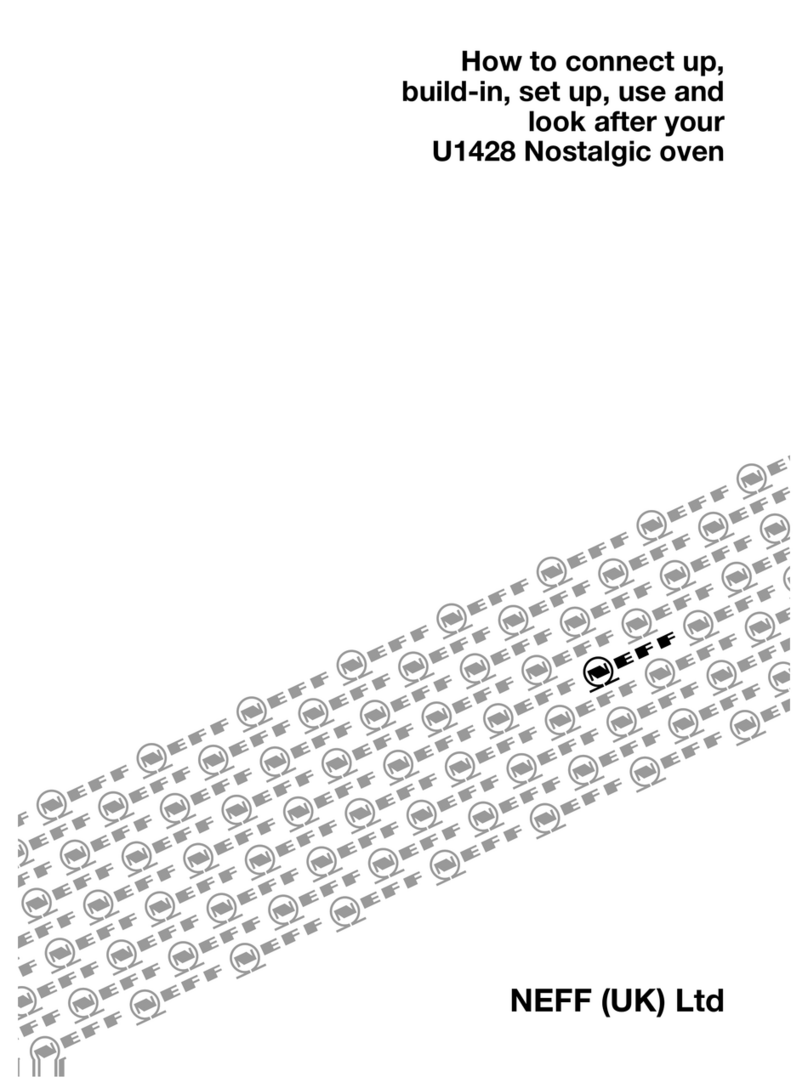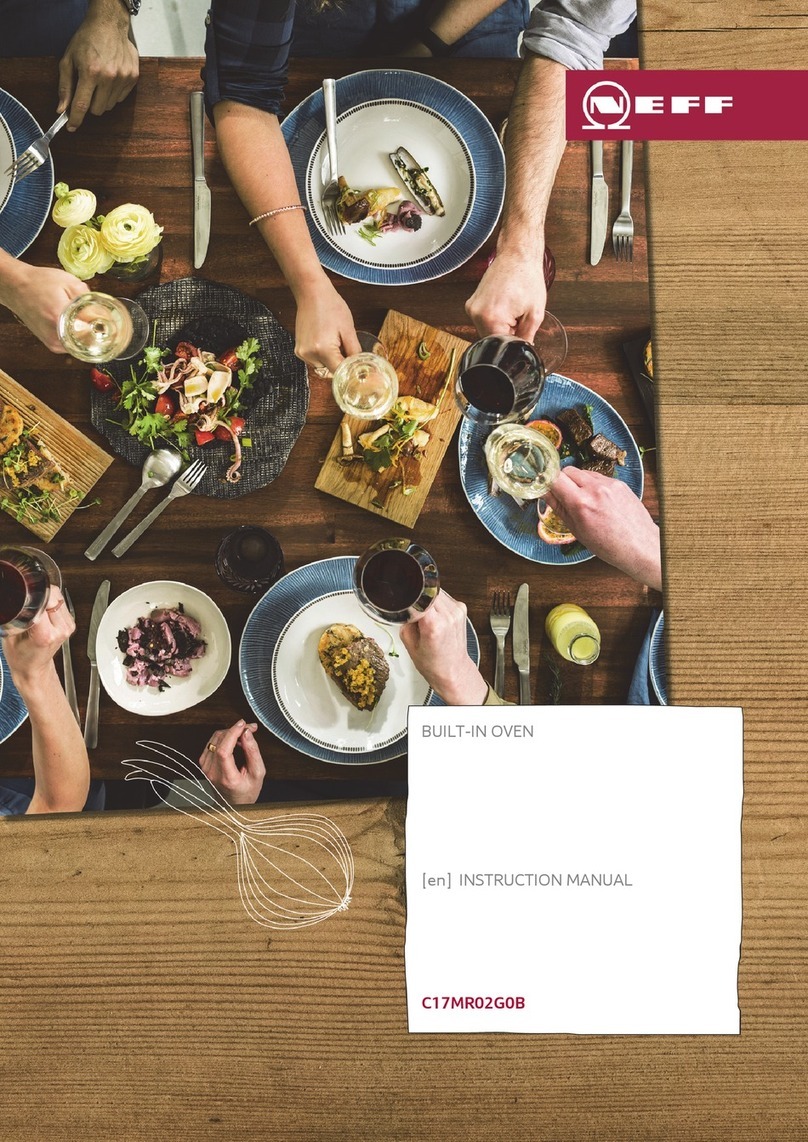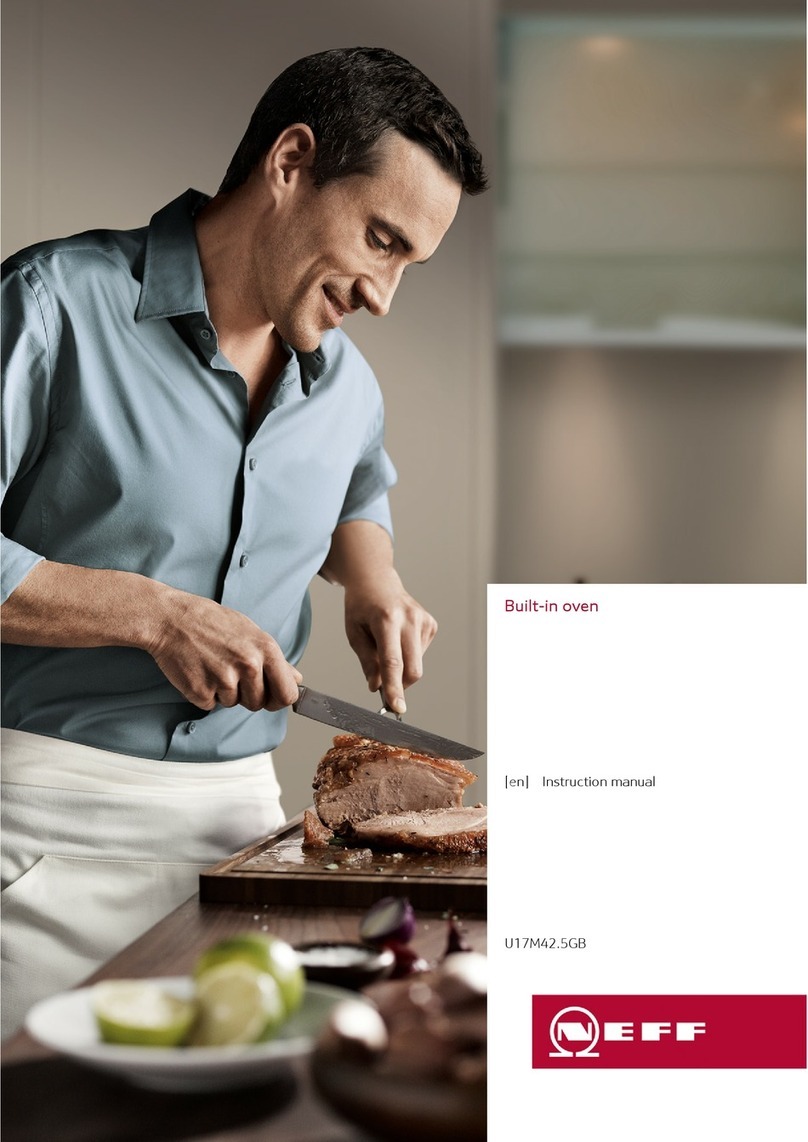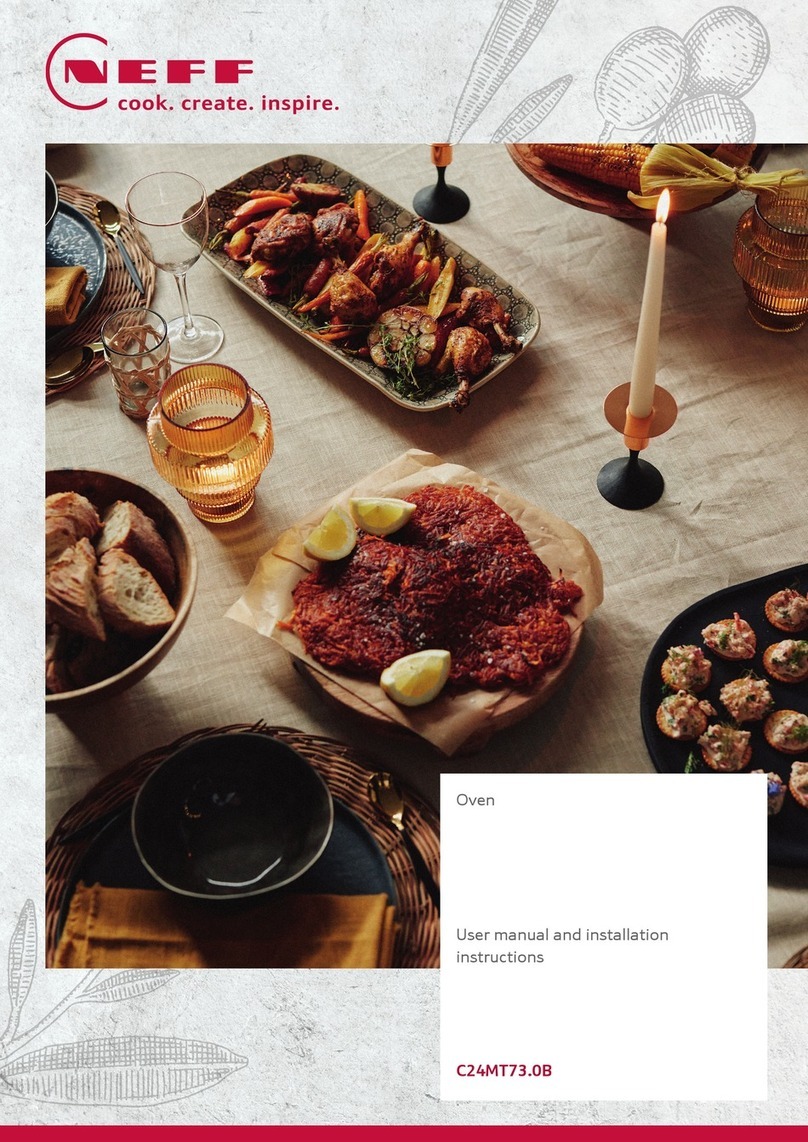NEFF B 1342 Series User manual
Other NEFF Oven manuals
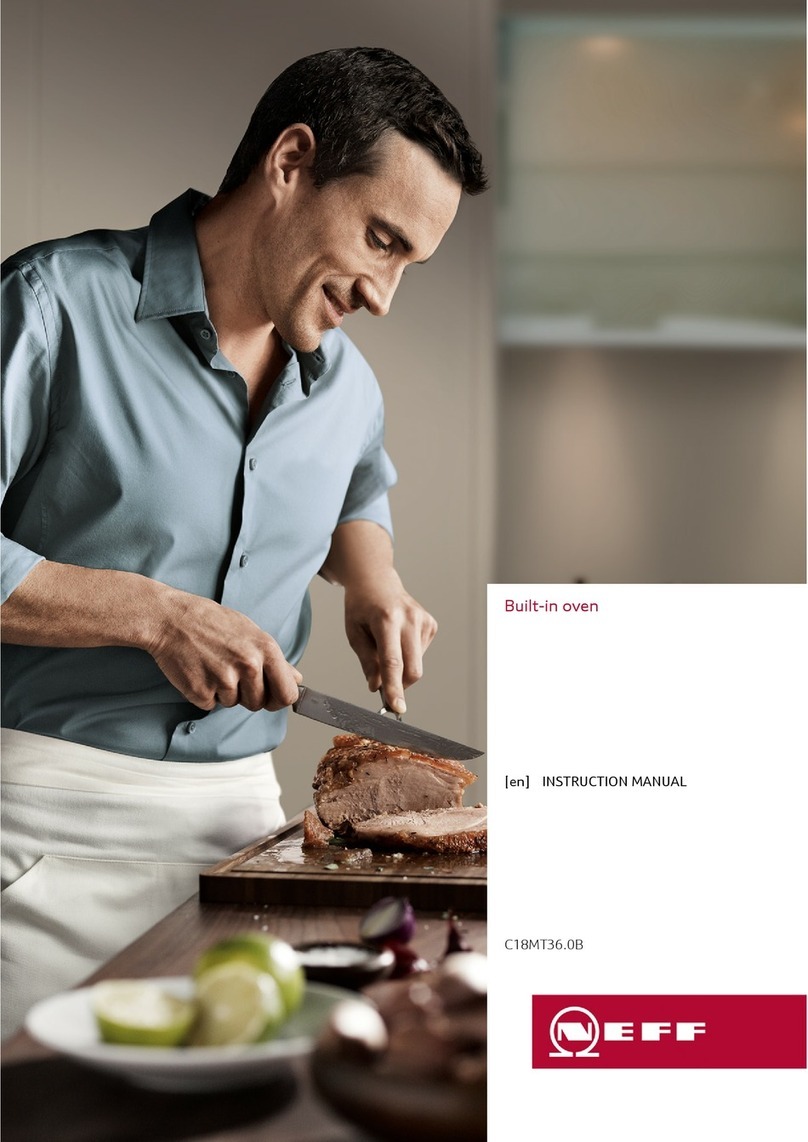
NEFF
NEFF C18MT36 0B Series User manual

NEFF
NEFF B46C74.3AU User manual
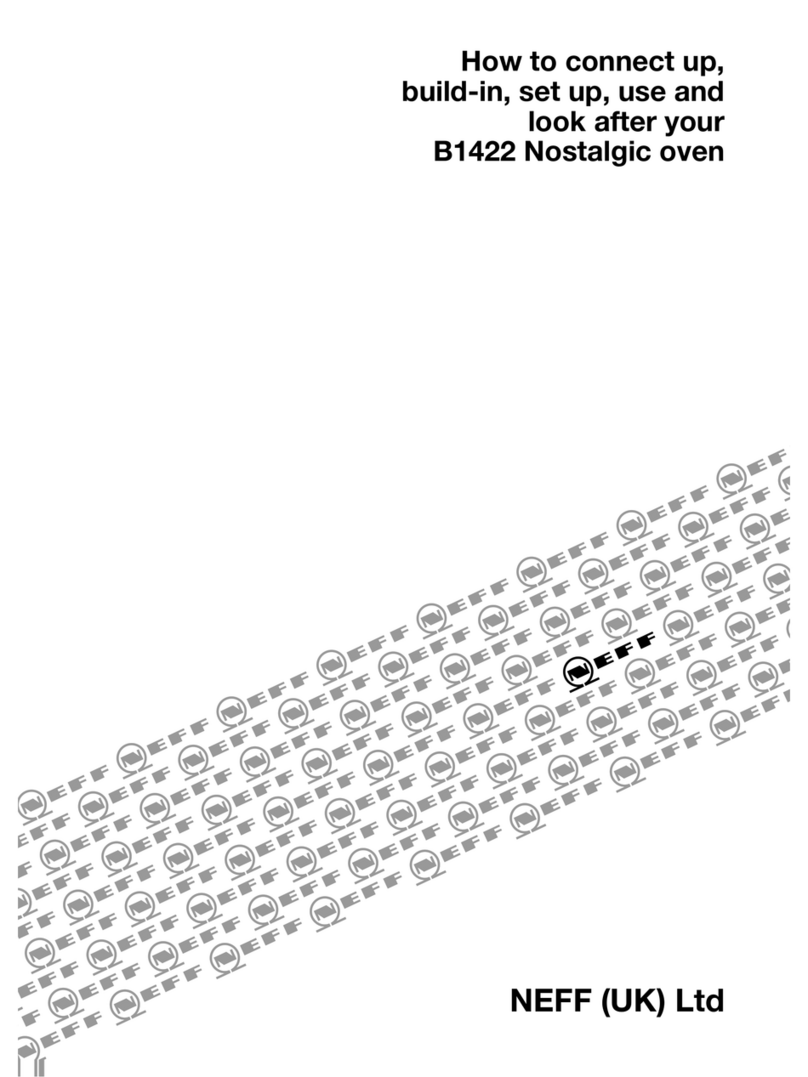
NEFF
NEFF B1422C0GB Safety guide
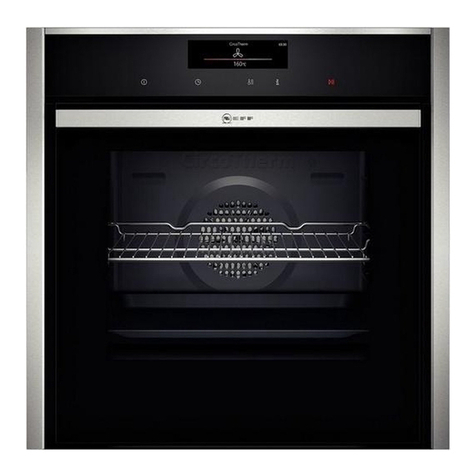
NEFF
NEFF B58CT64 0 Series User manual

NEFF
NEFF B3CCC0A 0B Series User manual
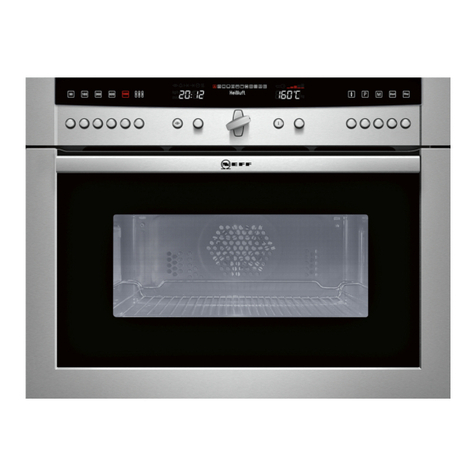
NEFF
NEFF C67P70N3GB User manual

NEFF
NEFF B47FS26G0 User manual

NEFF
NEFF B12S53.3GB User manual
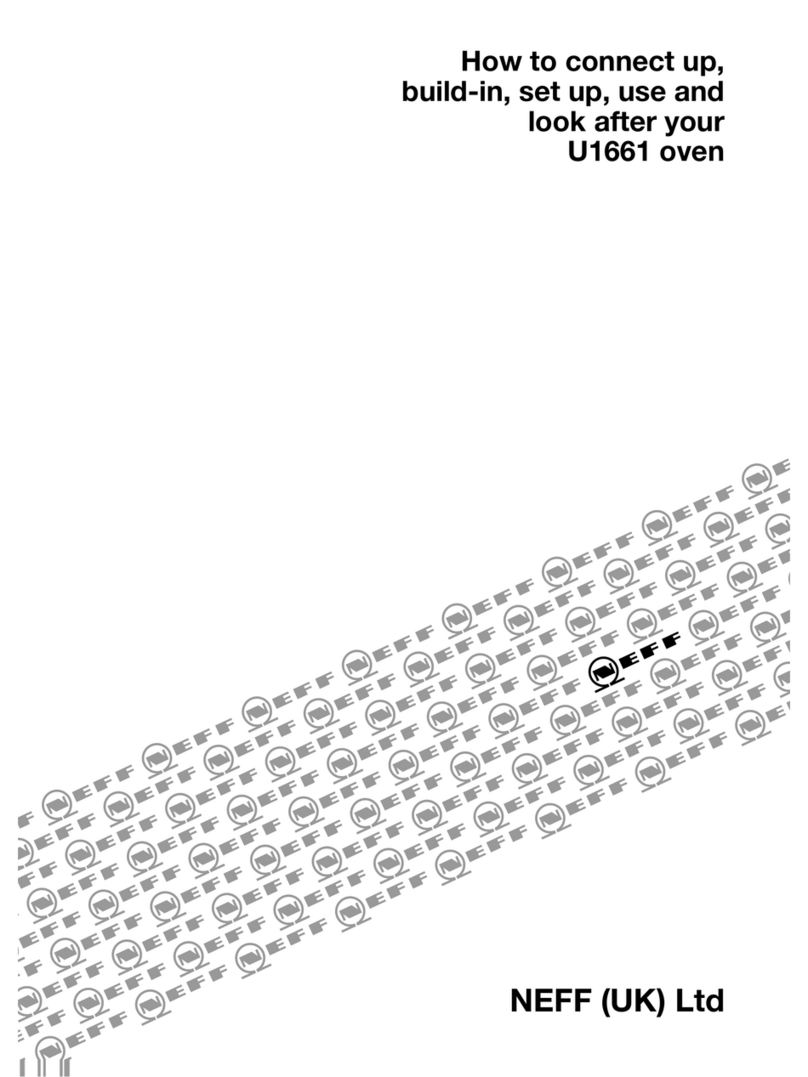
NEFF
NEFF U1661W2GB Safety guide
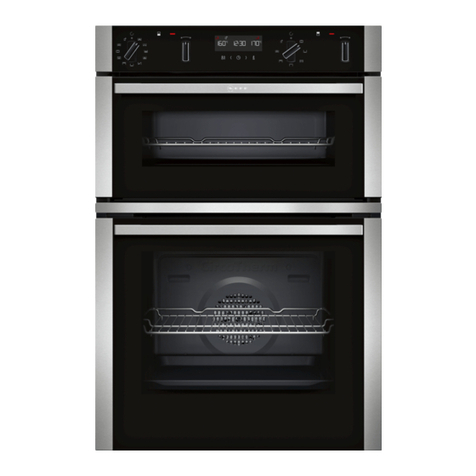
NEFF
NEFF U2ACM7H.0B User manual
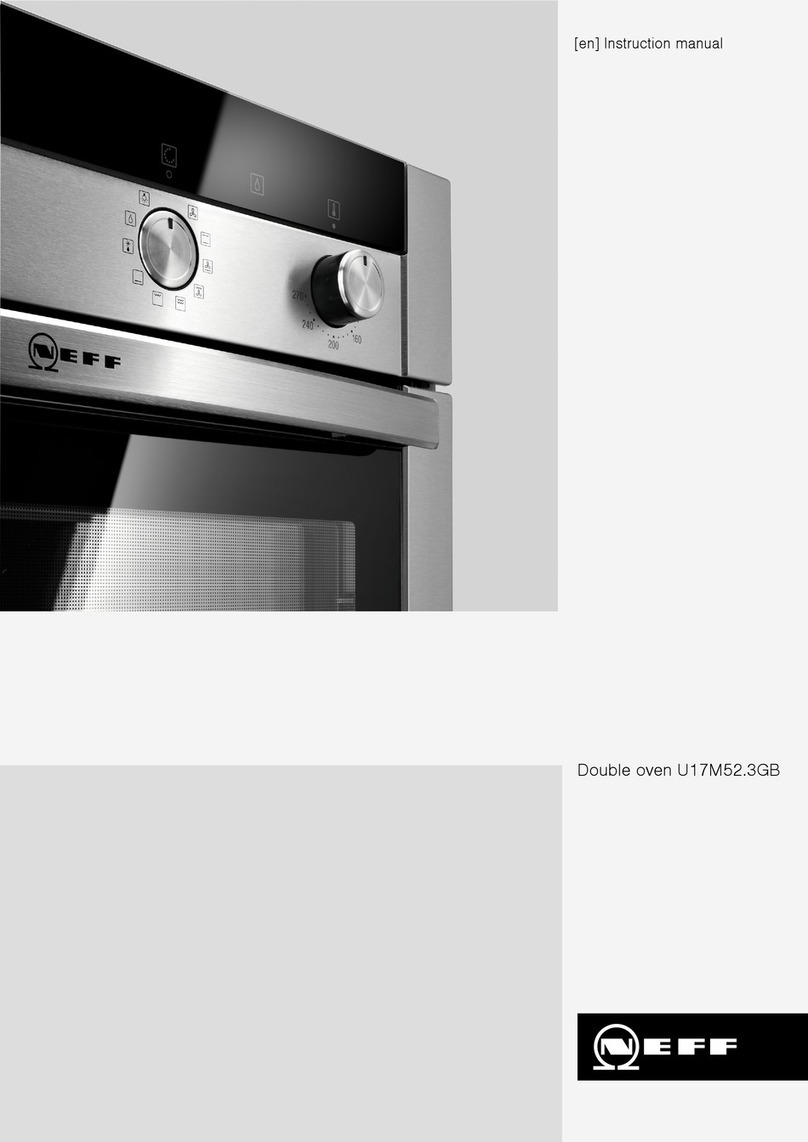
NEFF
NEFF U17M52 3GB Series User manual
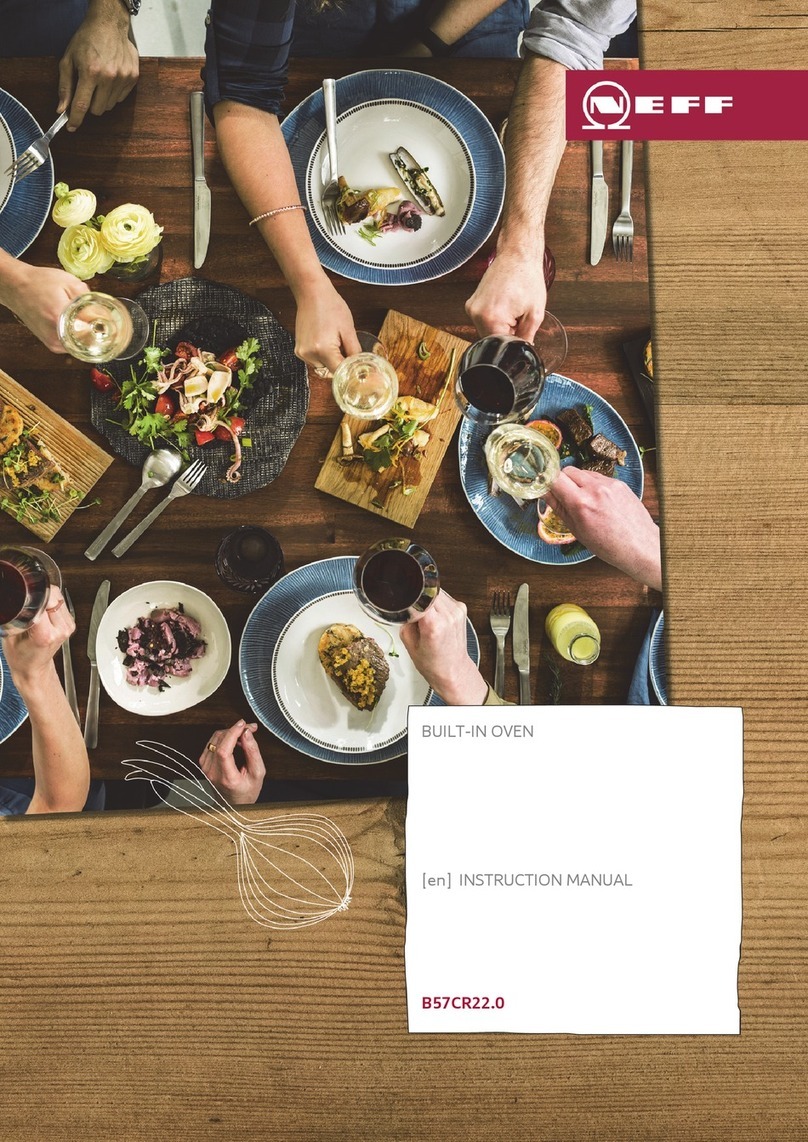
NEFF
NEFF B57CR22.0 User manual

NEFF
NEFF T20S31N0 User manual

NEFF
NEFF E14M42B0 User manual

NEFF
NEFF B45M52.3GB User manual
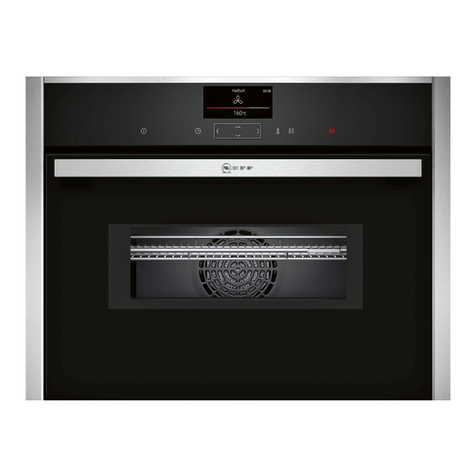
NEFF
NEFF C17MS22H0 User manual

NEFF
NEFF U1ACI5H.0B User manual
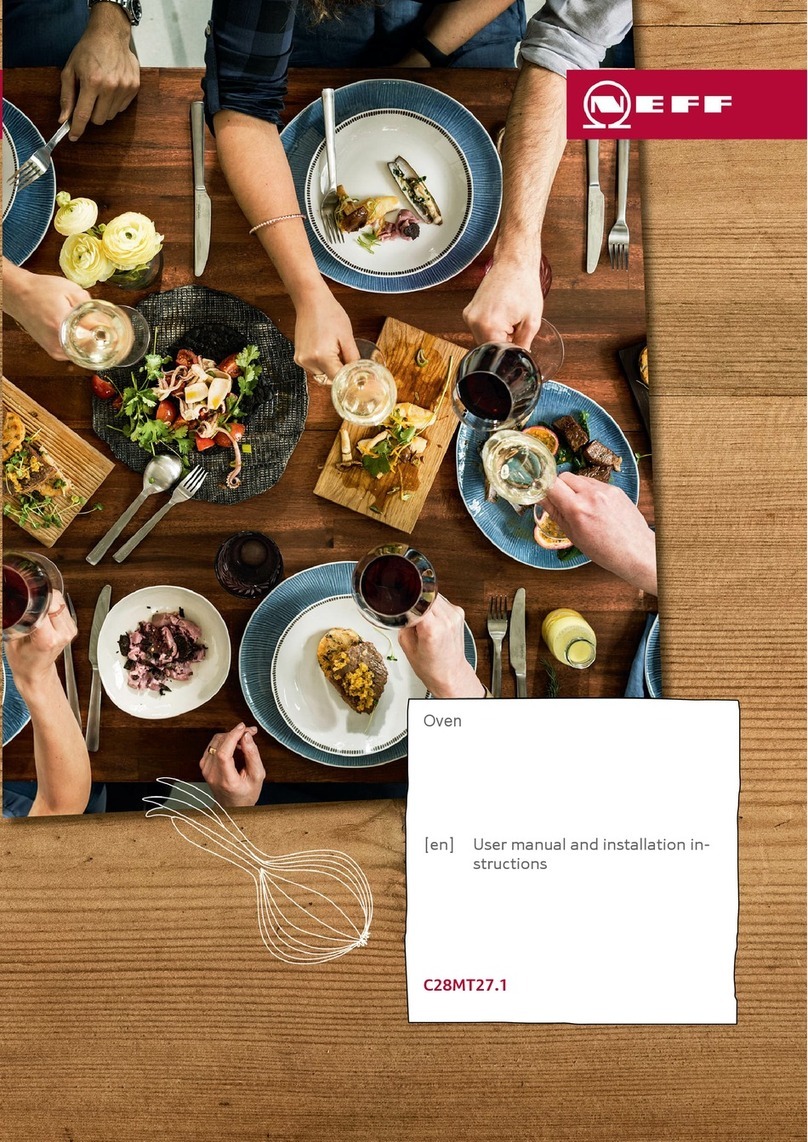
NEFF
NEFF C28MT27 1 Series User manual
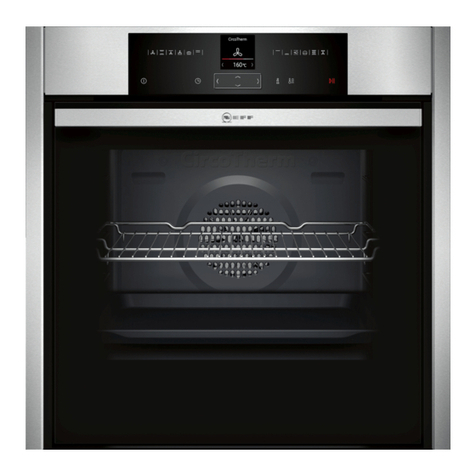
NEFF
NEFF B45CR22.0 User manual
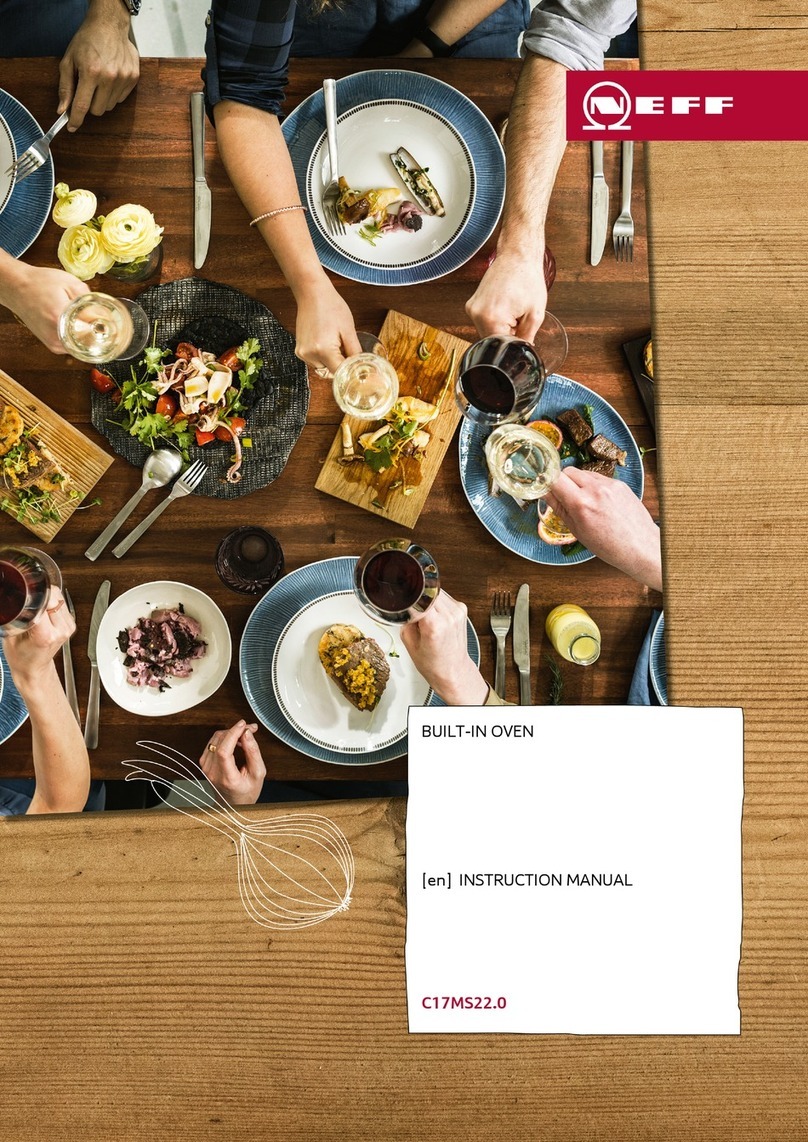
NEFF
NEFF C17MS22.0 User manual
Popular Oven manuals by other brands

Brandt
Brandt FC 222 user manual

aumate
aumate TOA20M04N-1E instruction manual

Maytag
Maytag CWE4100AC - 24" Single Electric Wall Oven Dimension Guide

Kernau
Kernau KBO 1076 S PT B instruction manual

Bosch
Bosch HB 37 N Series User manual and installation instructions

Electrolux
Electrolux EOD5420AA user manual
